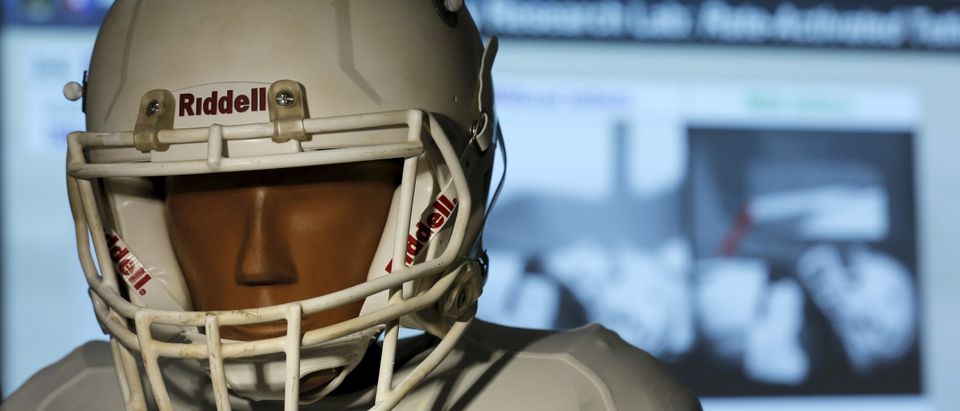A recent study of the brains of more than 200 former football players found evidence of a degenerative brain disease, chronic traumatic encephalopathy, commonly known as C.T.E.
Released by the American Medical Association, the report diagnosed 177 former players, aged from the NFL to high school, with some degree of C.T.E. This disease has been linked to the constant head trauma.
This provides evidence that C.T.E. can occur even at the earliest stages of football participation, not simply based on the more physical college and professional game.
The research saw more mild cases in high schoolers, while the college and NFL former players exhibited more severe side effects, such as dementia and depression. Memory problems were common in both mild and severe cases, and prove some correlation between participation in football and C.T.E.
“C.T.E. often affects the superior frontal cortex,” said the New York Times regarding the study, “an area important for cognition and executive function, including working memory, planning and abstract reasoning.”
The NFL has dealt with this issue for years, and this report exacerbates its difficulties in appeasing the NFL Players Association’s concerns over their members’ post-playing careers. Junior Seau, a Hall of Fame linebacker, committed suicide in 2012 and was post-humously diagnosed with a severe case of C.T.E. His death brought C.T.E. under the microscope for the NFL, igniting criticism that the league had not done nearly enough to help its former players after their playing days.
These criticisms brought about changes to the league’s concussion protocol, forcing players to pass more extensive and strenuous tests before returning to the field. Of the 111 former NFL players that participated in the study, 110 were found to have at least some evidence of C.T.E.
Some NFL players have seen the dangers of C.T.E. on their post-playing lives as a deterrent to extending their careers in the league. Chris Borland, a linebacker for the San Francisco 49ers, retired at age 24 over concerns of head trauma and his quality of life after his playing days are over. His retirement marked one of the first retirements of a young player over C.T.E. concerns.

A helmet, similar to what players currently use, is displayed at the NFL Headquarters in New York December 3, 2015. An impact absorbing helmet, a cushion for artificial turf and a rubberized tether that slows the speed of the head snapping back after a collision were products named winners of a research challenge co-sponsored by the NFL. Three separate innovation challenges are providing up to $20 million in research and technology development to better understand, identify and protect against brain injury. REUTERS/Brendan McDermid
Dr. Ann McKee, author of the report, along with the other researchers, argued, however, that while suicide is common in individuals with severe cases of C.T.E., a direct correlation between C.T.E. and suicide cannot be drawn.


